First of all, I would like to thank Xiafu, if not for his a7 series of microfilms, the ILDC Interchangable Lens Digital Camera is still in the position of a digital toy. Even once the landlord consulted the people recommend a variety of non-response also bad people abandoned, and the landlord the first time out Canon full set, when buying a7r, people around feel puzzled. But less than a year later, the buddies formed a group and went to the stars to pick up five a7m2 back...
Gossip does not pull, for the sake of the topic, this article aims to help everyone understand the difference between non-reflexive and SLR, as well as the history of the development of the entire camera structure, and asserts that there is no anti-phase structure, and the future of the world will be reckless World this conclusion. The death of the SLR, you can close the page when you see this.
In order to discuss in detail the absence of anti-countermeasures, we must say that there is no anti-negative structure, and to say that there is no anti-reverse structure, we must compare the SLR, and the camera before the SLR must be mentioned again. Previously there were writers talking about no-reversal and SLR but did not mention their essential difference. Just taking the dxomark score, using the same CMOS no-reverse and SLR, their picture quality was the same. In fact, as long as the description of the structure, you can easily understand that the quality of the picture between them is the same conclusion, do not pull dxomark.
The first thing to note is that no matter what the structure of the camera, they need a variety of complex structures, basically designed for the same goal, that is, focusing and framing. Before the appearance of the digital photosensitive element, no matter what kind of photosensitive material, they have a common characteristic that they cannot see light. Therefore, this article has a lot of space in the film era, because the photosensitive material can not see the light, so people want to come out with a variety of ways to focus. Shoot from the earliest frosted glass and change film to shoot two shots of the camera, one for shot focus, one for exposure shooting, and a rangefinder rangefinder (RF). Until today's SLR. Let the landlord scold it.
The optical imaging of the camera is actually very simple after it is simplified. This experiment believes that everyone has studied in junior high school physics class. That is the convex lens imaging:
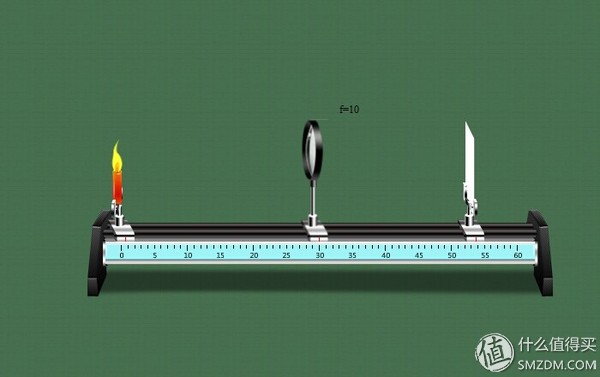
Do you remember that you moved the frosted glass on the right to get a clear candle image? In fact, this process is the process of focusing when we take photos. You may say that if you are having trouble with focusing, even if you are not using autofocus, manual focusing is just a matter of screwing the focus ring on the lens. However, the fact is that at present the earliest large-format cameras (including 120 cameras that use skin chambers, dual reflectors, etc.) are all focused by adjusting the image distance by moving the focal plane position. Even the latest Scorpion card is transferred to the Sony E-mount auto-focus Adapter ring application of this principle is to make the Leica M-port lens autofocus in the SONY A7 series body. Of course, it is not Tiangong original that the manual lens autofocus is achieved. In 1996, Isiac launched the famous contax AX, and realized the auto focus of the manual lens of the C/Y port through the back of the mobile device. Like now, there will be a lot of players connecting the old m42 to the CONTAX AX for autofocus shooting. Of course, the complexity of SLR autofocusing is far more than the focus of the lens, and in 1996, all major brands already had their own autofocus lens and body, so this technology is also blooming. After that, there is no later.

The above is idle. Let's take a look at a short film shot in a large format so that everyone understands how tired the focus is.
The landlord once bought a quick shot machine on a big DIY god. It was focused on the RF, but in fact, the accuracy of the focusing knife he made was not accurate, so he went for a snapshot and the result came back. Still silent on the glass, so did not shoot for a long time out.

This is not a large format subject. Therefore, the issue of large format is not expanded so far. This is just an explanation. The way to focus by adjusting the image distance should be the oldest and the simplest. So it has been widely used since the beginning of photography. This focusing method is very simple in structure (physics level in junior high school), and more importantly, the lens structure becomes very simple, the lens does not need focusing, so all the lenses are fixed, which is why today's large format There are no different reasons for the camera and 5,60 years ago. Of course, the disadvantages are also very obvious. Need to constantly replace the focusing screen and film between the shooting and focusing, basically large format from the camera to the start of the shutter, not a 4,5 minutes is not to think.
So a new camera structure has been introduced: the dual-lens reflex camera (double reverse):

To date, there is still a seagull 4A at home, which was borrowed from a friend who used the Rolleiflex to play a half-year poisoning map and bought it. After buying it, it didn't even work. The shutter levers are now somewhat astringent.
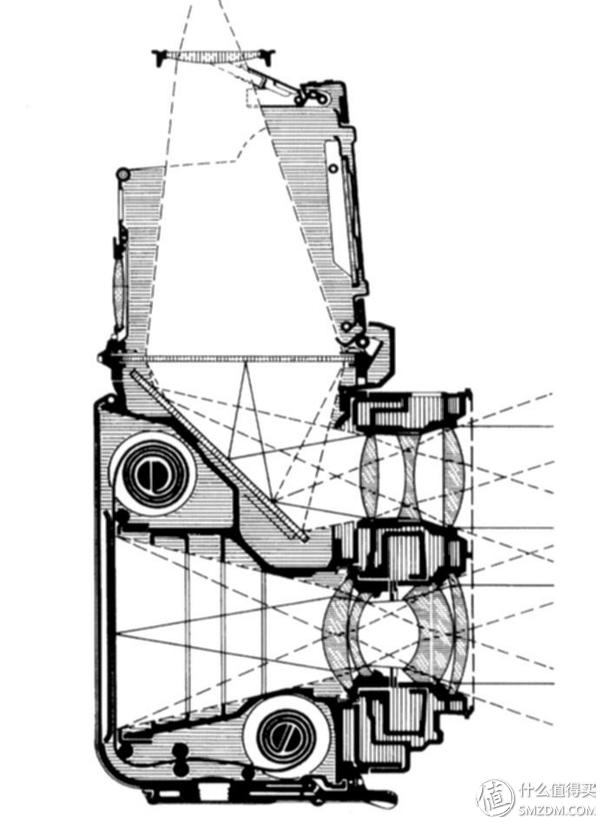
The above figure shows the profile of the famous Rolleiflex. From the figure, it can be seen that the camera has two lenses with the same focal length mounted on a lens plate. The above lens structure is relatively simple, through a 45 degree angled mirror. The light is reflected on the upper focusing screen for viewfinder focusing, and the lower lens structure is relatively complex (the shutter is not shown in the figure) for imaging the film exposure. Because the two lenses have the same focal length and the same image distance, when we adjust the position of the front and rear of the lens plate through the focus knob and observe the focusing state of the viewfinder, indirect focusing can be achieved. Of course, because the framing and imaging are performed separately by the two lenses arranged up and down, it is unavoidable that parallax occurs, and the closer the camera distance is, the more obvious the parallax is. However, compared to the fact that every shot was exchanged for Jingping, it was convenient and not a lot. (This article does not mention the differences between the various pictures. This is another article to explain.)
Although there are more parts and components in the dual-reverse camera, the structure is still relatively simple. Without a variety of linkages and lens focusing, focus is still achieved by adjusting the image distance.
Then, we had to mention the famous Leica. Unlike everyone's imagination, the earliest Leica did not have linkage distance measuring devices. The fuselage has a simple viewfinder that shows the approximate area covered by the lens. Focusing is to estimate the distance between the camera and the subject, and then adjust the lever on the camera lens to the corresponding position. To put it plainly, it is to rely on guessing, because in that era, the maximum aperture of the lens is generally smaller and the camera distance is relatively long, so the larger depth of field makes up for the error. So there is no big problem. (Actually, most of the 135 cameras in various factories in that era were all photographed with estimated focus.)
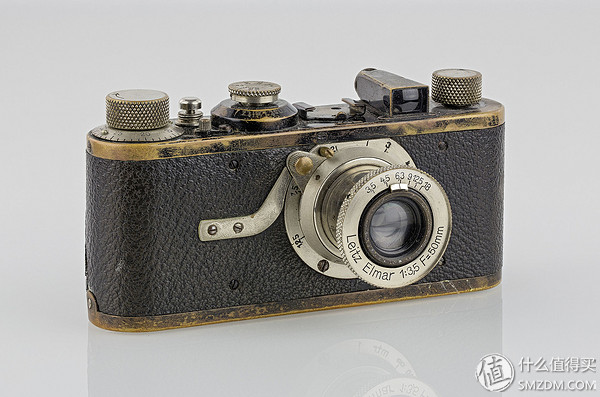
Of course, there are always some errors in the estimation, especially for those who do not have a sense of distance like the landlord, so there was also an independent rangefinder mounted on the camera to buy.
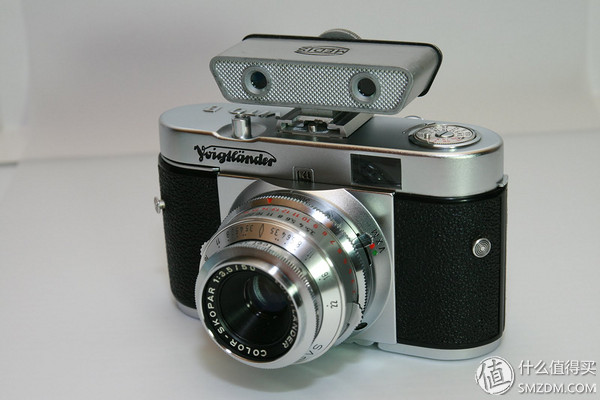
This assembly is a bit like Wali. However, this still does not seem very convenient, so there has been a linked-focus rangefinder (RF) camera, which is commonly known as a rangefinder camera. With regard to the working principle of Rangefinder, the landlord did not delve into it, so it could not be developed. The linkage structure is as follows:

Its representative work is the LEICA M series of rangefinder cameras still in production today.

It has to be said that the RF camera is a great invention, he really realized the convenience of the miniaturization of the camera, and still maintain a simple mechanical structure. (Why every time the landlord mentions a simple structure, it is because when you talk about SLR, you will understand that these structures before are really not compared with SLR.) However, RF is still flawed, and the main point is still parallax.
For a long period of time, camera manufacturers all over the world used Leica as the prototype to imitate their respective RF rangefinder cameras. (Here to be said is that the focus of the rangefinder camera is Rangefinder. So many people call Oba and Fuji's cameras digital parallax is completely wrong.) Until the SLR (single-lens reflex camera) camera onto the stage of history . In fact, the birth date of the first SLR was not too late. It was due to a variety of reasons (for example, reflectors requiring manual resetting, waist leveling, etc.). The entire development history of SLRs was too long and involved manufacturers' brands. It is also very wide, so I will not elaborate. The two most critical components are the automatic opening and closing reflectors and the pentaprism. Among them, the self-resetting reflector is used by Asahi Optical Asahiflex IIB, which is now Pentax Pentax's 1954 release.
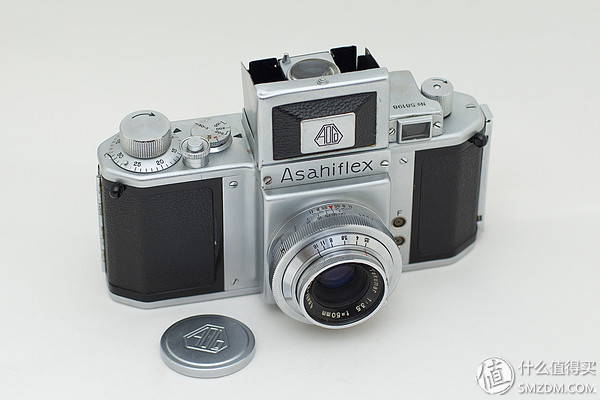
Then in 1957 introduced a SLR model with a pentaprism. And thus changed his name to the current PENTAX (pentarrism in English in the pentaprism).
The greatest significance of the pentagonal prism is that it corrects the influence of the left and right sides of the original framing.

At this point, the basic structure of SLR cameras has been laid, as shown below:
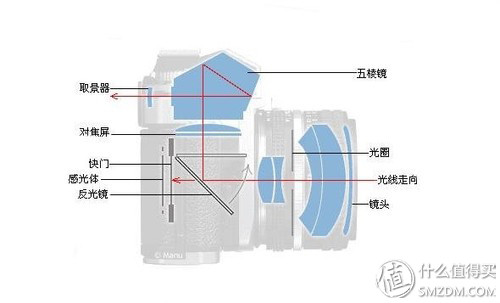
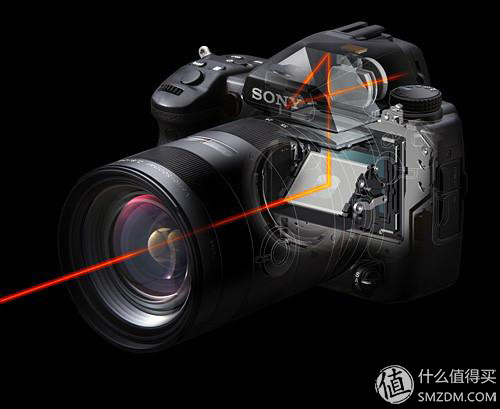
The advantage of single-phase vs. parallax is that there is no parallax, and what you see is basically what you see, and the lens is more widely used (from macro to telephoto). However, the disadvantages are also obvious. It is that the volume and weight are much larger than the paraxial axis. Later, Minolta launched an auto-focus SLR camera. A part of the original mirror is made into a half-lens, and a small mirror is added under the half-lens to reflect the light on the AF original to achieve the auto focus of the camera. In the following decades, this structure was fixed and never changed again. The same is true of DSLRs up to now:

Here's how complicated the structure of SLR cameras is. When the shutter button is pressed, the reflector will lift upwards, and the aperture will shrink to the set size (because the brightness of the light in the viewfinder is guaranteed, the aperture is the default when the SLR camera is framing, and the old lens uses the Mechanical linkage to control the aperture contraction, the new lens is basically an electromagnetic diaphragm, through the electromagnetic signal to control the aperture), and then the shutter open - close, the aperture is reset to the maximum, the reflector down. Is it complicated to listen? Let's take a look again at how the rangefinder camera works: Press the shutter button and the shutter opens and closes. No, the shutter button on the axle, the control is really just the shutter.......
So you can understand now that everyone says that Lekane is not easy to fail?
The above mentioned so much, in fact, are all talking about film photography. As far as digital SLRs are concerned, there is no difference in the structure of film SLRs. So it can be said that the entire structure is still designed for film photography. The mirrorless camera to be described below is a structure that plays completely out of film.
Let's continue back to the beginning:

The left side is the subject, the center is the lens, and the right side is the imaging screen, the light-sensitive area. Prior to the birth of digital photography, no matter how the camera was designed, it was necessary to cover the right part of the camera to prevent it from seeing light, so whether it was a large format viewfinder screen and photographic film made of two boxes back and forth, or add a lens, Or add a range finder to design or design a self-moving reflector to switch the light path. They have only one purpose. They can know the distance without the sensitive film. But now that we are in the digital age, the sensitive part is no longer afraid of seeing light. In addition, I can still reflect light on the electronic display in real time. Then, do I still need such a complicated mechanical structure? It should be noted that in addition to the increase in manufacturing costs associated with a complex structure, each additional part will increase the probability of failure of the entire system.
So if we say that the structure is simple and the cost is low, then why did digital cameras not be made non-inverted from the very beginning? After 10 years of digital SLR came out, did we see the appearance of a modern, non-antityped camera? To answer this question, we must start talking about digital sensors.
In the early days, the photosensitive element used by digital cameras was not CMOS, which is now widely used, but CCD. Regarding the difference between the two, the earlier digital players will tell you that the CCD color is good and the CMOS is good. Roughly, Leica will also use CMOS instead of CCD. However, they ignored the point that CCD energy consumption, CCD energy consumption is generally much higher than CMOS, and energy consumption is higher than the power consumption, one of the negative effects will also be a large amount of heat, and After the heat is generated, thermal noise will affect the imaging. When the CCD frame size is not large, his heat is indeed still able to control, but when its size is large to a certain level, the heat generated by continuous work has become a big problem, so everyone can see the early DV With the CCD, you can shoot like, but when you go to the CMOS DSLR to view the camera in real time, the CCD model still can only take a photo.
In addition to saving power and good CMOS, the elimination of the mirror is also constrained by the focusing performance. The focus of the early digital cameras (small DCs) was contrast-focused, while the SLR used was Phase focus. If you want to write the difference between the two focusing methods and the principle, you can also write a large piece of paper. This will not be expanded here, as long as you remember that the speed of the contrast focus is slower than that of the phase focus. There is an electronic display screen. The display screens of that era were generally only a few hundred thousand pixels, and the delay was terrible. Basically, the display effect was almost the same as you now look back at the 14-inch color TV in the 1990s.
In addition, there is an important problem, that is, CCD/CMOS is not very sensitive to obliquely incident light. So when cancelling the mirror and shortening the flange distance to reduce the camera's volume, this problem will be particularly prominent, especially when using a wide-angle/ultra wide-angle lens. Otherwise, there will be redshifts and corner loss.
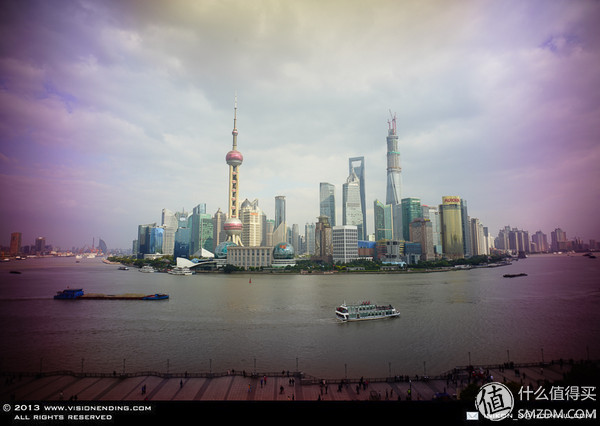
Photo from @ Mito Photography Diary - Zhang Qianli, this is the Voigtlander Color Skopar Pancake II 21mm F4 on a7r transfer effect, please visit Zhang Qianli blog to view.
However, all this will eventually change. It is not our size that made this great change, but Panasonic and Oba. OBA advocated the 4/3 system before m43, and made a lot of 4/3 SLRs. At the beginning, there were still group loyalty (the landlord had a friend), and the DSLRs of major plants were all APS frames. , so the 4/3 system is small, but it is enough, so it's okay to sell it. At least not much smaller than the competition, but in 2005, Canon launched the EOS 5D 35mm full-frame digital SLR, the entire market is sensational, the so-called bottom big one inch pressure dead ah, Obama was unable to sit still at this time, I feel that strength is Can't fight others, but the 4/3 system can't easily be said to be impossible. After all, the guns he was about, and tears have to be finished. (Fuji has done the same thing after that, convinced that the APS format The camera can be fully analized with a 35mm full frame. As for the result, we wait to see it.) Then together with Panasonic, the m43 (micro 43) camp was established and the m43 digital camera without a mirror was introduced. Almost solved the problems that previously created anti-camera-free cameras. In the next 2 years, SONY also introduced the NEX series of micro-cameras (note: micro-single is a registered trademark of SONY, specifically a non-reversible lens camera produced by SONY).
Then let's take a look at the structural contrast between SLR and non-reflexive:
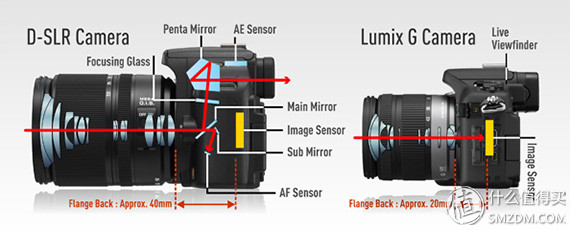
Did you feel refreshed in an instant? At the same time proudly to remove the mirror, the lens flange distance can be further shortened, and after the flange distance shortened in addition to the lens body can be further reduced in size, the greater significance lies in being able to use a better optical structure To design the lens. Especially wide-angle lenses, such as the biogon structure. Of course, in addition to the additional advantage brought by the transfer advantage, no anti-camera can almost transfer all the SLR lenses, even through the adapter ring can also achieve AF, AE and other functions. However, the red shift caused by short flanges and the problem of corner misalignment are not currently solved well. Like m43, APS benefits from a smaller photosensitive element area, so some of these problems are avoided, but in the full range of the a7 series On the micro-single, especially on the a7r series high-resolution micro-single, such problems are still very obvious when transferring old people. The original lens solution is basically optimized inside the machine, the fuselage for each lens may appear to optimize the problem, so each time the sony update the lens, the body firmware will inevitably have to upgrade.
Of course, although it is good to say how to deal with nothing, at present, there are no problems with non-reversing SLRs:
Insufficient life. Due to the electronic viewfinder, both CMOS and EVF/LCD need to consume power, so the overall power consumption without reverse is much higher than that of SLR, and it is also constrained by the small size, so the battery capacity is usually much smaller than that of SLRs of the same class. Life will be much worse than SLR.
Insufficient focus. As mentioned before, the contrast focusing speed is much lower than that of the phase focusing. Although the current OBA/Panasonic contrast focusing speed is already very high, it is limited to the m43 model. As for SONY Fuji, although the phase focus point has been increased in CMOS, its focusing speed and focusing ability under low light are still slightly inferior to SLR.
Lens group. After so many years of development, the SLR camera has been very rich. From a few hundred to tens of thousands, Fengshen has its own choice. However, there is no anti-this relative to the choice of the lens can only say enough, SONY and the like is still mostly high prices.
Exterior. In general, non-professionals usually measure your professionalism based on the size of your device, so in this respect, SLRs are easier to get rid of, oh, wrong, it is about film.
Although the landlord is a no-nothing advocator, at this stage, he still feels that the SLR cannot be replaced for a long time to come. So if you are buying a camera and want to make a living from photography, I think it's more appropriate to buy a SLR directly. Believe me, it will be a lot less trouble than using nothing. As for the elimination of SLR completely, in addition to some of the issues mentioned earlier, there is still a black technology, which is comparable to the electronic shutter mechanical shutter.
Let's take a look at specific types of non-reverse cameras on the next market.
The first is the M43 camp represented by Aoba/Panasonic.

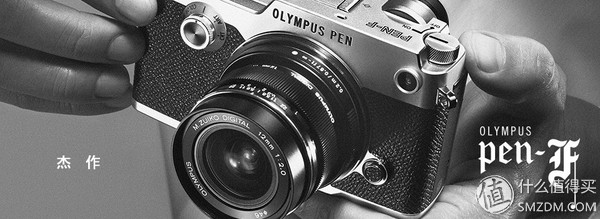
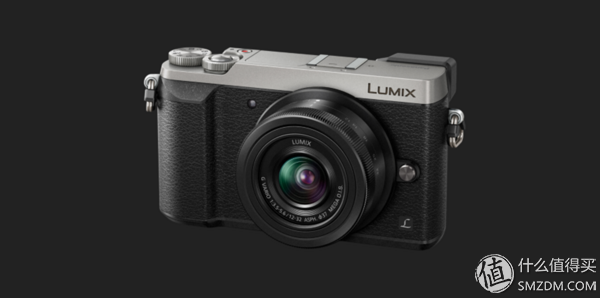
Although he was carrying a weight of 43 inches at the end of the frame, the CMOSs ​​of the two families holding toys looked like professional works, no matter whether they are the five-axis anti-shake technology or the world’s first. Can be comparable to the diagonal speed of SLR. They marched on the road to innovation without hesitation. What is even more commendable is that the cameras of both of them are very outstanding and sophisticated, and the a6000 in LZ's hands is even more like a toy than a big one. So if you just need a camera to record your life, there is no longing or pursuing in photography. Then the m43 system should be your first choice. Don't listen to others saying that the bottom is not big enough, and high ISO is not acceptable. The camera is enough for a family. The more important compact size plus the light weight will not make you think it is a burden to take him.
Then we will talk about the Fujitsu/SONY APS model.


The Fuji maker is very interesting. Basically, he dug a pit and jumped for himself, because when the X series was just released, SONY’s flagship micro list was the nex-7 of the APS format, so Fuji took an X-trans course for granted. CMOS (actually SONY foundry's) started propagating under the banner of full-scale design. The results did not take long, SONY 35mm full-frame sensor into the E bayonet, and then Fuji directly forced, was asked under the question, Fuji design X bayonet did not stay a little time, simply can not change Full frame, desperation can only play shape card, ancestral 1600W pixel CMOS (in fact, SONY's inventory) spent a long time. Until recently when Fuji was updated, it was upgraded to 2400W pixels. Compared with SONY, it also had some competitive capital. However, Fuji's competitiveness has never been good or bad in performance. Everybody bought Fuji and went for the appearance. Some time ago it was not Weibo's tearing of the X war. In the end, everyone came to the conclusion that the only purpose of the Fujifilm camera is to act as a prop in portrait photography. Therefore, at least Fuji's appearance has been unanimously recognized by all people regardless of black powder. The advice given by the landlord is to buy it like it looks like. Although it has poor quality control and some problems with the ISO standard, but in the age of justice, who can stop a look like pleasing What about the camera? And in fact, Fuji is not so unbearable, at least in terms of straight out of this area, it seems that there is no other right person. And in the absence of system burdens and full-frame flaws (currently or in the future), I will give priority to Fujitsu and not to SONY. Who makes Fuji both beautiful and focused?

SONY's current APS flagship is the a6300, but now the price is even more expensive for a very good APS. If it is the landlord, the price for the camera is about 3500. The current more appropriate machine should be a6000, although worse than the a6300, but overall it is not weak, of course, buy a SONY camera, first of all, you first need to confirm that you will not be too late trouble, because SONY straight out of misery Looks like it may not even be as mobile. If you just want to start a circle of friends directly, the landlord thinks it is still Fuji and Oba is more appropriate.
SONY full-frame a7 series
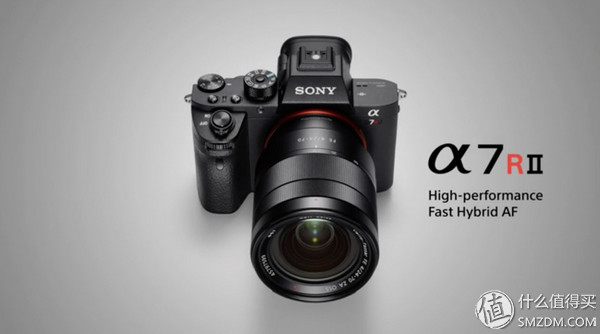

If you want a non-inverted, but also 35mm full-frame, then the sony a7 series seems to be the only choice, where the landlord own a7r, also used in-depth a7s, as for a7 and a7II, just to play, As for a7rII, it seems that the touch has not touched, but still the main recommendation a7r2, because the landlord is a few hairy party, ah, although a7r can also count a few hair, but its focusing ability is really bad bad, so to speak, since the 5d2 Into a7r, LZ no longer have interest in taking pictures, of course, undeniably, in addition to focusing, a7r tends to be perfect in all other aspects. As for the a7s series, pure camera, although the landlord took a7s took a bunch of photos in Italy, but when he came back and found that the photos it took only filled the entire 4K screen, it was not interested. Fortunately, it took it. The photo was sold for some money, otherwise it was really... Of course, the undeniable a7s's low-light diagonal capability is invincible, even higher than 5d2 (Focus on 5d2 is also the focus...). As for the a7II without suffixes, once the landlord felt it was a very cost-effective machine, but now the price is a bit high. Everyone can wait for a7III to buy a7II.
Hasselblad X1d
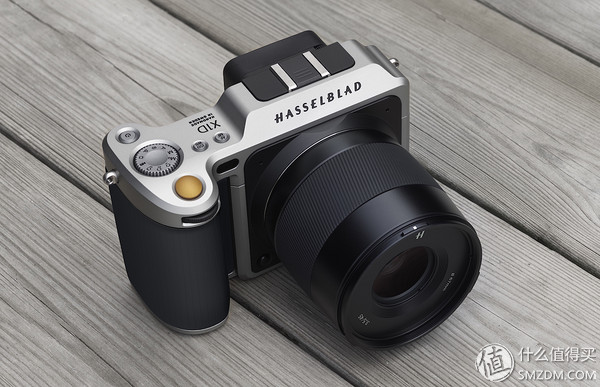
If you are interested in this, the landlord just wants to say, please remember to contact me, I believe we will be happy to be good friends.
The next story about color-breeding will tell you the choice of RAW and JPG in terms of color composition. Stay tuned.
The younger brother is only evasive, and there are inevitably flaws in the text. He also hopes everyone is ax.
Other than normal 5v/12v/24v wall adapter, Yidahun also can produce 9V wall adapter.
9V Wall Charger are wall plug adapters with 9V output, the normal dc plug size 2.5*0.7mm, 3.5*1.5mm, 5.5*2.5mm, 5.5*2.1mm, mini USB and MICRO USB etc.
Yidashun wall power adapter are uitable for HD player, DVD, LCD TV, surveillance camera, LED display, LED light, USB hub, SDSL, repeater, radio, Speakers, Disk driver etc. and also Yidashun can customize the power adapter according to customer's request
There are different plugs for choose like: EU plug, US plug, UK plug, Australia plug, Argentina plug and Brazil plug etc which used in different countries. Customers can buy any plug wall adapter from Yidashun.
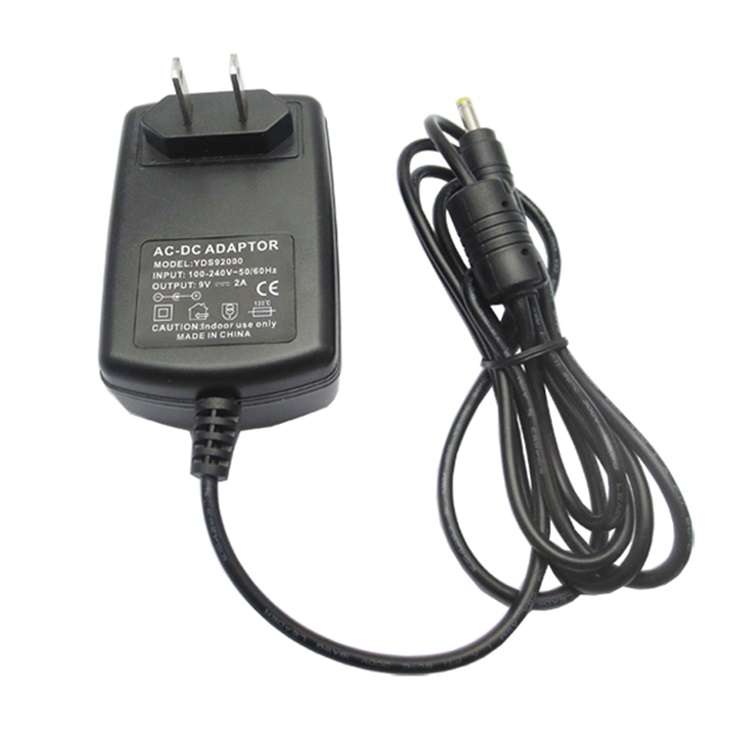
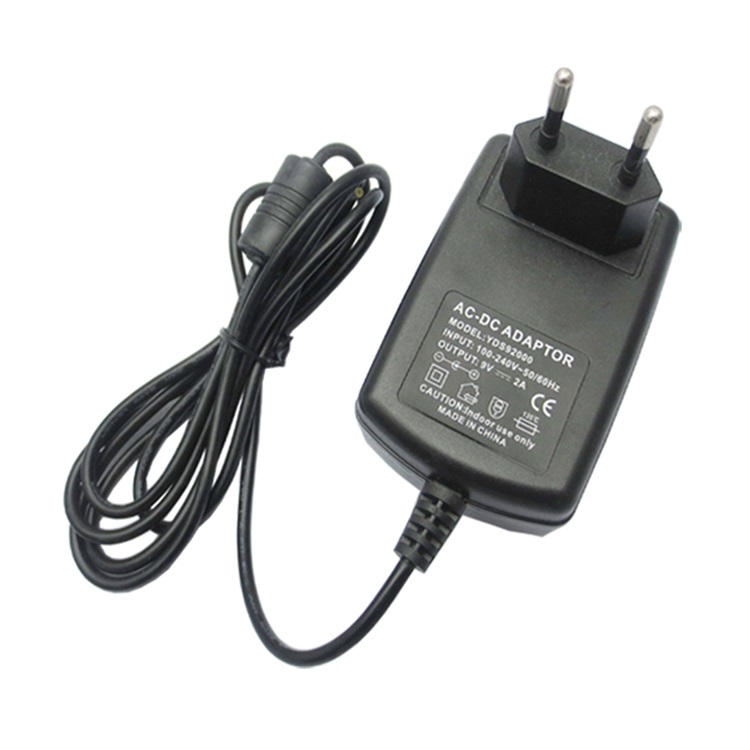
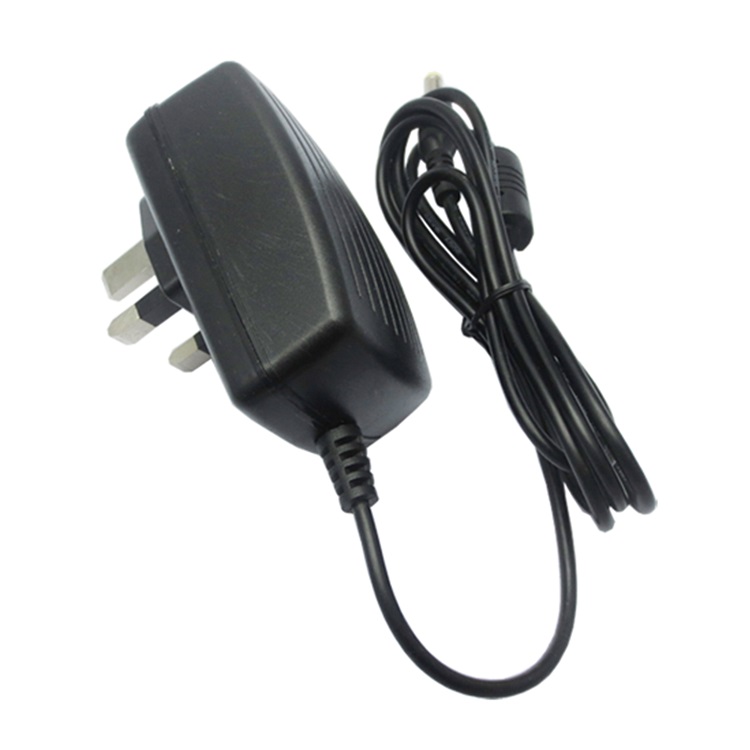
9V Wall Charger,9V USB Wall Charger,9V Portable Wall Charger,9V Wall Mount Adapter
Shenzhen Yidashun Technology Co., Ltd. , https://www.ydsadapter.com
![<?echo $_SERVER['SERVER_NAME'];?>](/template/twentyseventeen/skin/images/header.jpg)